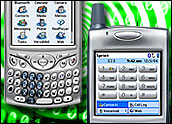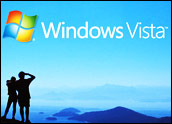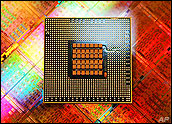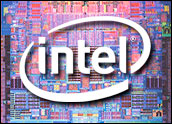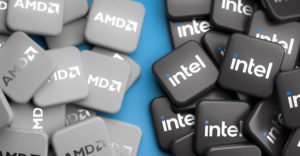Get ready for easy-to-use home servers. With Monday’s release to manufacturers of the long-awaited Windows Home Server (WHS) software, vendors will be putting the devices on the market this fall.
There once was a time when homes with more than one PC were rare. However, now a modern household can have multiple networked computers, a situation that cries out for a box that centralizes the administration of all those units.
A home server will ease the locating, sharing and backing up of files — including digital photos, videos and documents — scattered across the various hard drives on home networks. With an Internet-connected home server, the files can be accessed remotely. Backups can be performed automatically as can software and security updates.
Server Simplicity
Microsoft has agreements with vendors Fujitsu Siemens, Gateway, HP, Iomega, LaCie and Medion that are interested in building servers that will run on the Windows Home Server operating system.
WHS, with the code name of Quattro, or Q, has been in development for a couple of years and thousands of enthusiasts have beta-tested it, according to Microsoft. Because it’s a product designed for home use, WHS will be far less complex and less expensive than typical business server software.
You don’t have to buy a new box from one of the vendors to whom WHS is now being shipped. Microsoft plans to offer WHS for sale directly to technically savvy users who want to dedicate an existing PC as their home server. To work, this unit will need a processor running at 1 GHz or faster, 512 MB of RAM, an Ethernet port, a DVD ROM and a video card.
Happy in Redmond
“Woo-hoo! We did it,” wrote Charlie Kindel, Microsoft’s general manager for the WHS project, in a blog announcing the product’s release to manufacturing. “This has been an exciting and rewarding journey for me and the team. For me, it’s been a labor of love for over 8 years.”
In April 2005, Kindel and his team promised to have the product ready to ship in the first half of 2007. “It wasn’t always easy and it wasn’t always fun, but we said what we were going to do and then we did it,” he commented.
There should be plenty of “add-ins” being created by independent software vendors for WHS, Kindel said.
Fortunate Timing
There is a definite need for WHS, especially since the server can simplify securing home networks, said Jupiter Research analyst Michael Gartenberg.
“This is exactly the right time for a product like this to come to market,” he told TechNewsWorld. “More than 50 percent of U.S. households have multiple PCs and having these multiple PCs means they are at risk in terms of protecting their digital assets.”
WHS also will help people take advantage of all the file-sharing and remote-access opportunities that are now widespread and popular, Gartenberg said. While many of the tasks performed by WHS can be accomplished with existing software, WHS should dramatically simplify the processes.
“There are other backup and digital sharing products on market, but consumers haven’t embraced them,” he said. “There are a lot of complications associated with it … The heads of households have become the de facto CIOs, the spouse runs the help desk and the kids are doing technical support.”




